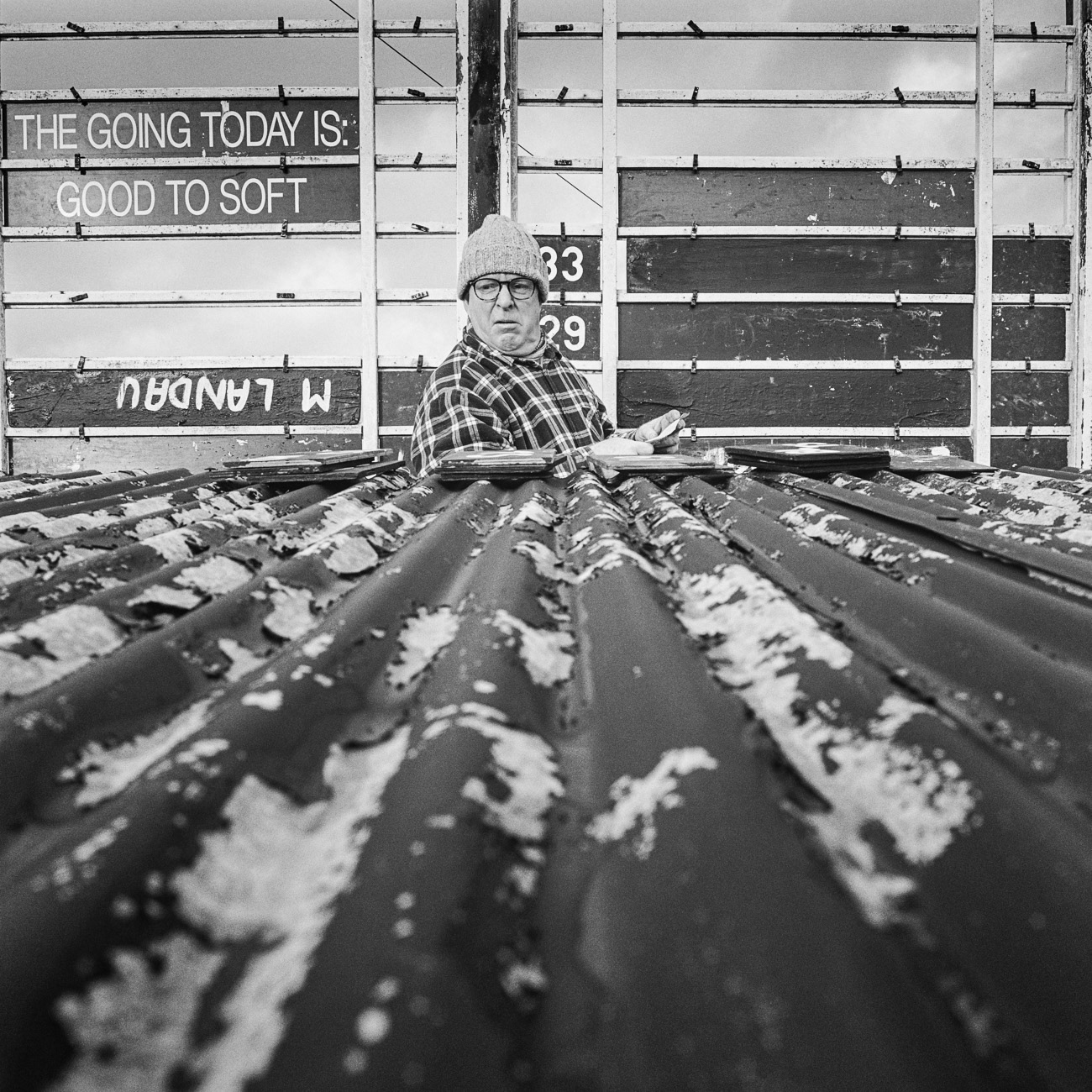The Salisbury Plain Training Area (SPTA) is a landscape of contrasts, where nature and human activity coexist—sometimes in harmony, other times in tension. This complexity means no single perspective or set of images can fully capture the land and its uses. In my own work, for example, I often avoid directly depicting people. Instead, I focus on the subtle, enduring traces of human presence—marks of military training, the erosion of time, and the way nature adapts to and reclaims these changes.
In this section of SPTA: A Landscape in Service, I aim to broaden the conversation by showcasing small portfolios from other photographers, each offering a unique perspective on the Plain. These photographers all adopt a long-form approach, exploring the many layers of this complex environment. Whether through the lens of history, landscape, or the stories of local communities, their work challenges us to look beyond individual images and engage with the broader narrative of the landscape. By sharing these diverse perspectives, I hope to foster a deeper, more nuanced appreciation of the SPTA.

Untitled © Tim Gander with permission

Untitled © Tim Gander with permission

Untitled © Tim Gander with permission

Untitled © Tim Gander with permission
Tim Gander
For Somerset-based photographer Tim Gander, Salisbury Plain is "a topographical palimpsest, where layer upon layer of history and human activity has been written over each previous layer, yet the very oldest layers still show through."
This ongoing series explores the relationship between landscape, community and history through various facets of life across Salisbury Plain.
From Larkhill Racecourse—possibly the only racecourse in the world situated within an active military training area—to the village butcher and the community groups that bind this quintessentially English society, Gander uses striking monochrome compositions to capture the landscape and the intersection of rural life and military presence. His work reveals how the land—shaped by centuries of human activity—resonates with stories both past and present.
Gander’s photography unveils the complex relationship between people, place and memory, offering a meditation on how landscapes shape identity and preserve the traces of time.
Please visit Tim's website for more of his work.
All images © Tim Gander with permission.